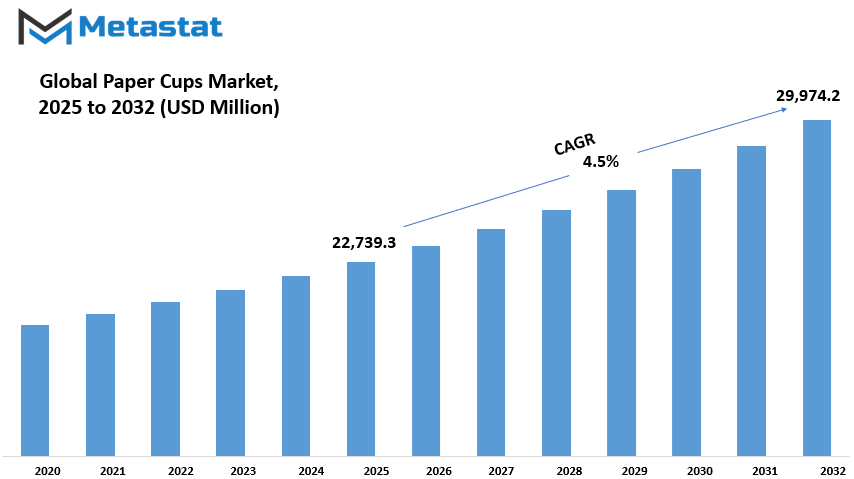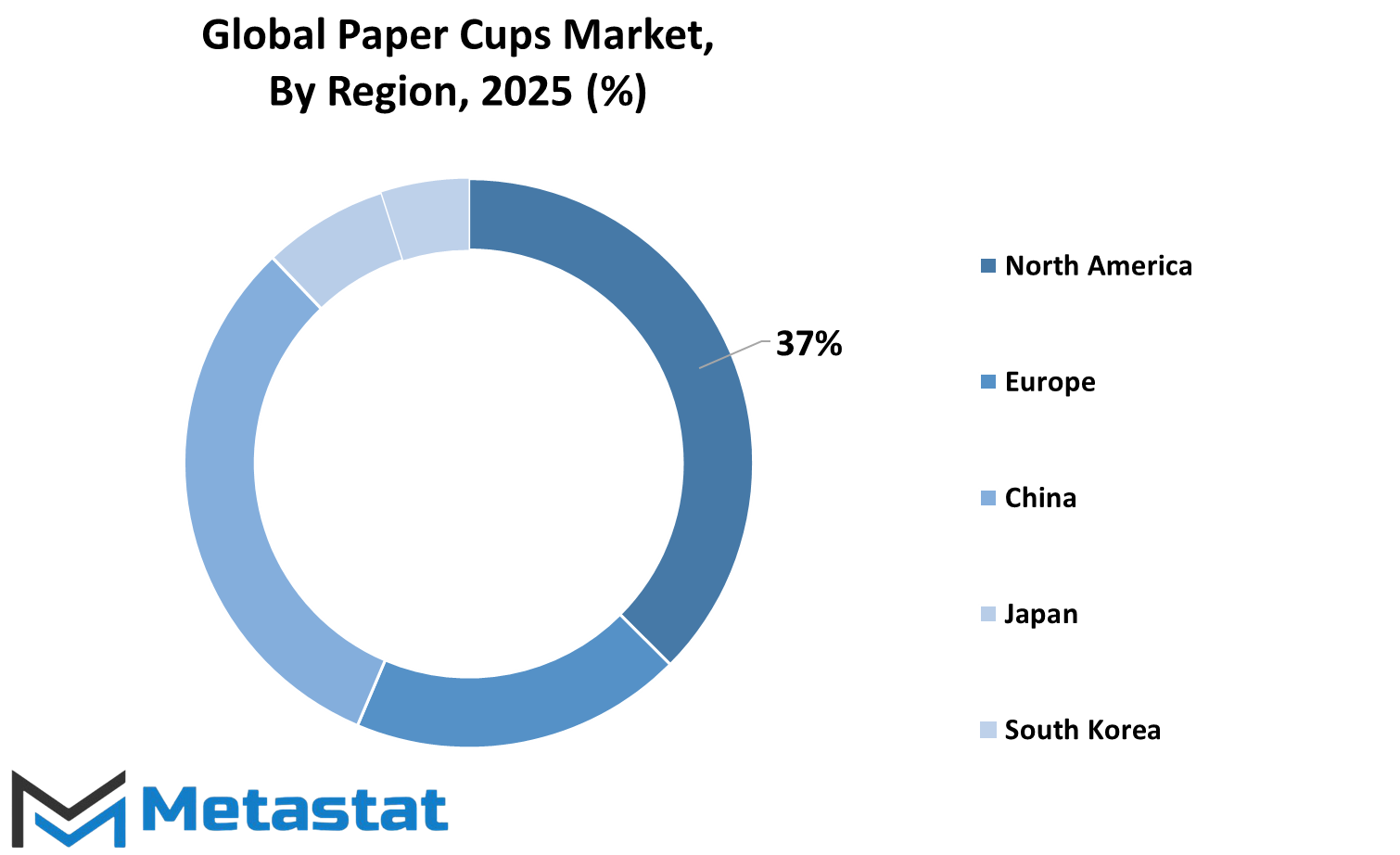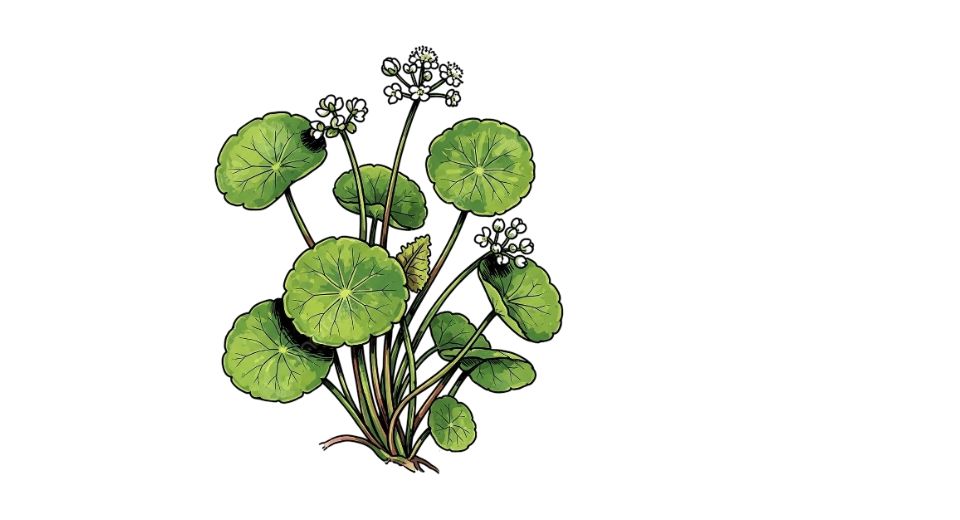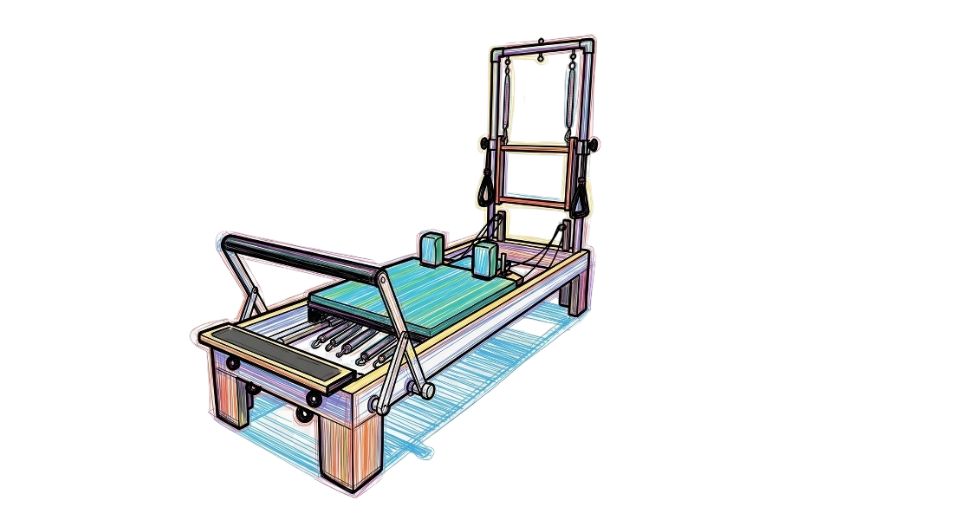MARKET OVERVIEW
The global paper cups market is a special niche in the larger packaging sector, reaching far beyond its historic connection with drinking beverages. Paper cups have been a staple in the foodservice industry for many years, but their impact will continue to overlap with new, unanticipated categories, forcing new thinking and directions in design, use, and consumer interaction. As consumption patterns change and public awareness towards disposables keeps evolving, the landscape of the market will change in increasingly specialized and varied ways than those currently acknowledged.
Future trends in the global paper cups market will not only revolve around materials and functionality but will also keep pace with more profound changes in social behavior, lifestyle, and regulatory environments. While the vast majority of conversations will remain within the realms of recyclability and green ability, there will be a development of innovation based on branding, personalization, and integration of data. Paper cups, traditionally viewed as disposable cups, will be developed into vehicles of communication and identity. Companies in various industries will begin to perceive these cups not only as containers but as mobile platforms that provide targeted messaging, monitor consumer behavior, and provide interactive experiences. Smart printing and QR-coded engagement are just some of the technologies that will be more fully integrated, converting the surface area of a paper cup into an asset for digital marketing and feedback loops with customers.
The global paper cups market will in coming years spread into areas yet to be fully developed. Segments like pharma, education, and even technology-intensive settings can start implementing personalized paper cups as a part of their new business plans. Paper cups will be employed, for instance, to administer medicine doses within managed environments or function as disposable educational tools for early education. Further, office spaces and shared offices will observe selectively designed paper cups to bolster their in-house branding and organizational culture.
Sustainability, as crucial as it is, will not be the only perspective with which this market will be judged. Future arguments about the global paper cups market will shift direction towards localized production paradigms, sophisticated manufacturing methods, and fewer logistical dependencies. More and more, micro-factories and on-demand manufacturing centers will be adopted, enabling local customization while decreasing transportation loads. This decentralization will be a factor in redefining market dynamics, impacting the way brands and suppliers work together at a local level.
Another change on the horizon will include cross-disciplinary collaborations. Designers, behavioral scientists, and materials engineers will increasingly be in the business of defining paper cup use in novel forms. This convergence will generate creations that synthesize aesthetic qualities with functional novelty, providing experiences that transcend the product's first-order utility. The integration of tactile design, scent technology, and even thermal indicators may be part of the future paper cup.
The global paper cups market will not remain constrained by the identity it has now. As consumer demands become increasingly sophisticated and social expectations evolve, this market will change in ways that are subtle and visionary. What appears to be an uncomplicated product now will be embedded soon in a larger cultural, technological, and operational transformation that reconfigures how ordinary things are understood and utilized.
Global paper cups market is estimated to reach $29,974.2 Million by 2032; growing at a CAGR of 4.5% from 2025 to 2032.

GROWTH FACTORS
The global paper cups market is expanding gradually, primarily due to the fact that more individuals desire convenient and easy methods for drinking beverages when they are in transit. Either it is the purchase of coffee during commutes to office or sipping an iced beverage while doing errands, the demand for disposable continues to increase. At the same time, individuals more and more adopt the habit of choosing products that are eco-friendly. As more and more people realize how their everyday activities impact the world, they are looking for alternatives that can be recycled or break down naturally. This shift in consumerism is a major driver in fueling demand for paper cups that are recyclable and biodegradable.
Despite this increase in demand, producers in the paper cup sector have a few real challenges. It may be expensive to manufacture paper cups, and the cost of raw materials does not always remain fixed. Such fluctuations can influence how much it takes to produce the product, potentially lowering how much profit businesses are able to generate. In addition to that, there is increasingly more concern with the use of single-use products. Most environmental organizations feel that even paper cups are wasteful if disposed of incorrectly or if plastic-lined, making them more difficult to recycle. As a result of this, it is possible new regulations and limits may be established, potentially driving demand lower in some markets.
There are some encouraging signs, however. As more consumers turn their attention to products that are environmentally friendly, businesses have an opportunity to develop innovative and improved means of producing paper cups. There is a visible space for innovation here. For example, manufacturers could use alternative materials or optimize the manufacturing process so that cups may easily disintegrate after being used. They may also create cups that consume less or develop new packaging techniques that reduce waste. Such changes would not only benefit the world but also bring customers who are interested in making environmentally friendly decisions.
Overall, although the global paper cups market does have some challenges to overcome, the continued demand for convenience coupled with the growing interest in environmentally friendly choices indicates there is strong potential on the horizon. With smart modifications and innovative solutions, the market can go on to grow in a manner that suits the consumer while also the environment.
MARKET SEGMENTATION
By Type
The global paper cups market is growing at a steady rate with rising demand in different industries such as foodservice, hospitality, and retail. The market is split into two gigantic segments: cold paper cups and hot paper cups. Hot paper cups, which are capable of carrying hot beverages such as coffee, tea, and hot chocolate, are likely to hold a considerable revenue share of $14,008.3 million. These cups are constructed using advanced materials that make liquids hot but do not burn the consumer or weaken the cup structure. These are the ones used in most restaurants, cafes, and fast-food establishments.
Cold paper cups, on the other hand, exist to hold a wide range of cold drinks like soft drinks, iced tea, and smoothies. They are constructed differently so as not to cause condensation that can spoil the paper material. Cold paper cups for such items usually have a thin layer of polyethylene as a trial to provide them with some strength and heat insulation. Cold Products' demand for paper cups is also rising owing to increased chilled drink consumption and a general move towards more eco-friendly packaging options. People are going green and switching to paper cups rather than plastic cups because they can be recycled. Hot and cold paper cups are alike in that they both are filled with drinks, but they are also different in the way that they both depend on the temperature they are made to withstand.
Aside from the temperature factor, the attractiveness of paper cups also plays a big role in propelling them to the public's favor. Increasingly, businesses are employing colorful hues, logos, and messages from companies onto their cups as a means to capture customer notice and stimulate purchase of their product. The phenomenon is being most observed in the foodservice category, where package can play such a significant part in the entire customer experience.
The demand for paper cups everywhere globally is likewise fueled by trend in regulation as well as expanding environmental consciousness. Regulators are imposing stricter regulations on the application of single-use plastic products worldwide, and this has led to an explosion in the utilization of paper-based products. Paper cups are biodegradable and recyclable, making them less harmful to the environment compared to plastic cups. This trend is propelling the hot and cold paper cup industries. Consequently, the market will persist in following the rising trend in the years to come based on consumers' preference for environment-friendly packaging methods and increased need for convenience when drinking beverages.
By Cup Capacity
The global paper cups market is expanding with the world demand for green and disposable beverage containers still increasing. Paper cups are needed as they are easy, convenient to use, and less harmful to the environment than plastic cups. With the entire world going green and environmentally friendly, the demand for paper cups will keep growing in the food service, retail, and hospitality industries.
The paper cups market is divided based on the volume of the cups, thus choosing the applicability of the product to a specific application. Paper cups are available with different capacities in terms of application and utilization. Paper cup capacities include, for instance, up to 150 ml, 151-350 ml, 351-500 ml, and more than 500 ml. All capacities are used for specific applications based on the amount of fluid that the cup will contain when full, and therefore it becomes simple to use the appropriate size for the desired application. 150 ml cups, for example, are most often utilized in carrying a tiny number of drinks like espresso shots or tasting measures of drinks.
They are most appropriate for companies or cafes with a taste or tasting. The 151 to 350 ml size is very universal and can be used for medium-sized drinks such as normal coffee, tea, or juices. It is usually typical in restaurants, cafes, and fast foods where normal-sized drinks are being sold.
Such larger size cups measuring between 351 to 500 ml are in high demand where more voluminous beverages are necessary, such as in fast food places or coffee houses. These kinds of cups will hold larger volumes of drinks like lattes or smoothies, which are typical in such businesses. Last but not least, cups larger than 500 ml are applied to even bigger servings and usually come in use in big coffee houses or restaurants with large portions of beverages, e.g., cold beverages, soft drinks, or even soups.
With an expanding paper cup market, companies must select an appropriate size according to customers' requirements. It will be interesting to observe how the market trends impact demand for various sizes of cups as consumers desire convenience and sustainability in consumption. The paper cup market remains very dynamic, driven by demand for green options but also by shifting consumer behavior regarding beverage size and product convenience.
By Wall Type
The paper cups market all over the world is expanding rapidly as individuals increasingly become concerned with the environment and seek environmentally friendly alternatives to plastic. Increasingly, individuals and companies are using paper cups since they are considered safer for the environment, faster to recycle, and more accepted in the majority of the globe where plastic has been banned. Paper cups are increasingly used in restaurants, cafes, and events, offices, and even at home, indicating how ubiquitous they've become to so many people.
By wall type, the market further splits into Double Wall Paper Cups and Single Wall Paper Cups. Single wall paper cups are commonly applied to cold or lukewarm beverages. They also cost less to make since they are not heavy, and thus, if companies desire cheap inputs, they use them. Though not very insulated, they would be improved with warm beverages if a sleeve exists. Double wall paper cups, however, are made to accommodate hot beverages more. The extra safety prevents the drink from cooling down as quickly and also guards against the scalding of hands. They are hence more suitable for cafes and restaurants that operate hot beverages such as coffee or tea every day. Although they are a tad more expensive than single wall cups, the extra safety and convenience often justify them to businesses and consumers.
Most producers today concentrate on enhancing the durability and quality of both types of cups. They are attempting to make sure the materials they use are environmentally friendly and compliant with new regulations for recycling and disposal. Some use biodegradable linings based on plants in place of plastic. This enhances the biodegradability of the cups more easily and also makes them more environmentally friendly. This movement is not just based on consumer pressure but also government policies in nearly every country.
With growing demand for paper cups, single wall and double wall will both coexist in the marketplace based on how they are used. Whether to employ one or the other generally relies on the beverage being served and the nature of experience the business is attempting to provide their customers. With greater emphasis on sustainability and improved materials, the demand for paper cups will grow in the near term.
By End-User
The paper cups market in the world is influenced by different end-users who influence the demand according to their requirements and habits. Among them, even domestic use is a very important factor. With increased cleanliness needs and a need for convenience, there is a trend now for more and more families to shift towards disposable products such as paper cups for daily use. Either for serving drinks in parties, for home express coffee or tea, or so that they would not have to wash the plates, paper cups are a convenient escape. Paper cups are the option of all those who also want convenience and cleanliness in daily life as they use them once and discard. This change in home-life practices has resulted in consistent growth in this segment, particularly in urban regions where busy lifestyles translate into faster and more convenient solutions.
Quick Service Restaurants, commonly referred to as QSRs, form the second largest segment in the paper cup industry. QSRs depend heavily on disposable containers to serve customers at a fast rate and on an efficient basis. Paper cups are used widely in QSRs for hot and cold drinks. Not only are they takeaway-friendly for consumers but they also assist with hygiene standards, which is highly important in the food and drink sector. With the number of QSR chains still increasing in towns and cities, their requirement for paper cups will continue to increase. Certain QSRs are also moving towards green materials, again encouraging the use of paper cups instead of plastic ones, addressing consumer demands for environmentally friendly options.
The "Others" segment consists of offices, institutions, event planners, and street vendors. Offices utilize paper cups in vending machines or pantries to offer employees a convenient and sanitary means of consuming their drinks. Paper cups are the event organizers' preferred option for entertaining masses because they are light and convenient to dispose of. Coffee, tea, or juice vendors on streets also use paper cups because they are inexpensive and efficient to use on street consumers. All these diverse consumers, as disparate as they are in nature, have the same aim ease of use, hygiene, and low cost. Every group, in one way or another, strengthens and diversifies the burgeoning business of paper cups.
With more individuals and companies looking for easy, clean, and eco-friendly alternatives, paper cup usage will keep increasing. Used at home, a busy restaurant, or a roadside stall, paper cups are becoming everyone's go-to option, creating a market that functions in harmony with everyday requirements.
|
Forecast Period |
2025-2032 |
|
Market Size in 2025 |
$22,739.3 million |
|
Market Size by 2032 |
$29,974.2 Million |
|
Growth Rate from 2025 to 2032 |
4.5% |
|
Base Year |
2024 |
|
Regions Covered |
North America, Europe, Asia-Pacific, South America, Middle East & Africa |
REGIONAL ANALYSIS
The Paper Cups market across the globe is distributed across many regions, each contributing differently according to consumption, production, and demand patterns. Geographically, it is segmented into North America, Europe, Asia-Pacific, South America, and the Middle East & Africa. North America comprises the U.S., Canada, and Mexico. These nations, particularly the U.S., are in big demand for disposable paper products owing to their general usage in foodservice establishments and high sensitivity of environmental issues. Canada and Mexico are also increasing as more enterprises and consumers prefer environmentally friendly solutions. In Europe, the marketplace consists of the UK, Germany, France, Italy, and the Rest of Europe. This area has experienced consistent growth, with stringent government rules and greater consumer understanding of sustainability being major factors in promoting the utilization of paper-based packages. Germany and France are major contributors with their large populations and advanced economies that favor robust demand for disposable food and beverage packaging.
Asia-Pacific has a considerable share in the paper cups market worldwide. It encompasses India, China, Japan, South Korea, and the Rest of Asia-Pacific. It is likely to expand rapidly with its growing population, urbanization, and shifting lifestyles. China and India are specifically witnessing greater consumption of ready-to-drink beverages and takeaway food, which propels the demand for paper cups. Japan and South Korea, being clean and convenient-oriented markets themselves, also add to the demand, though their markets are more developed than the others. The South America zone consists of Brazil, Argentina, and the Rest of South America. Though they are still in the developing stage, this zone has potential because the food and beverage industry is growing. Brazil, with its huge population and growing economy, is driving the demand in this zone.
Finally, the Middle East & Africa segment consists of GCC Countries, Egypt, South Africa, and the Rest of the Middle East & Africa. The market in this region is also expanding, with urbanization, shifting consumption patterns, and growing tourism fueling demand for disposable cups. GCC Countries and South Africa are key markets because of their economic activity and growing interest in sustainable packaging. In general, every region has a specific role to play in the international paper cups market, which is determined by local trends, government policies, and consumer demand, all influencing how this market evolves around the globe.

COMPETITIVE PLAYERS
The global paper cups market is increasing gradually because of increasing environmental issues and the demand for green packaging solutions. Most nations are now shifting away from plastic items, promoting the use of environmentally friendly products such as paper cups. Not only are these cups biodegradable, but they are also recyclable, making them a preferable option for consumers as well as companies that want to minimize their ecological footprint. With increasing numbers of individuals choosing takeaway beverages and convenience in their hectic lives, the need for paper cups keeps on growing.
A number of players are putting in extra efforts to satisfy this rising demand with innovation and improved quality. Firms like Berry Global Group, Inc., Huhtamaki Oyj, Georgia-Pacific LLC, Genpak, LLC, and Pactiv LLC have been prominent with their product lines consisting of paper cups utilized in restaurant chains, cafes, and fast-food outlets. Dart Container Corporation and Frugalpac Limited are also playing a considerable role in this arena by working to make paper cups with lower plastic material and improved recyclability. Grupo Phoenix Capital Limited and F Bender Limited, as well as Conver Pack Inc. and Stanpac Inc., have also been creating new product lines in order to meet the evolving needs of the food and beverage industry.
Biopac UK Ltd., Bio Futura B.V, and Natural Tableware are some of the businesses that are more concerned with environmental production, ensuring their cups are biodegradable and break down without damaging the earth. Ecoware Biodegradables Inc., Packnwood (First Pack), Greenwood (Dalian) Industrial Co., Ltd., and Hengda Industries Co., Ltd. are also following the same path with intense dedication towards minimizing the harm caused to the environment. These companies comprehend the necessity for feasible and environment-friendly solutions, particularly as the governments of the world start imposing stricter regulations on single-use plastics.
Some other significant players in the paper cup industry are DOPLA SPA, Itterra a.s., Detpak (Detmold Group), and Greenweimo. All of them are working to balance functionality and sustainability. Their cups are made in a way that they are tough enough to contain hot or cold drinks but still friendly to the environment. As there is growing awareness and improved technology, these companies are shaping the future of packaging more sustainably. The transition to paper cups indicates that the industry is not merely addressing the needs of its consumers but also moving toward a clean and sustainable world.
Paper Cups Market Key Segments:
By Type
- Hot Paper Cups
- Cold Paper Cups
By Cup Capacity
- Up to 150 ml
- 151 to 350 ml
- 351 to 500 ml
- Above 500 ml
By Wall Type
- Single Wall Paper Cups
- Double Wall Paper Cups
By End-User
- Households
- QSR
- Others
Key Global Paper Cups Industry Players
- Berry Global Group, Inc.
- Hutamaki Oyj
- Gorgeio Pacafic LLC
- Genpak , LLC
- Pactiv LLC
- Dart Conatiner Corporation
- Frugual Pac Limited
- Grupo Phoenix Capital Limited
- F Bender Limted
- Conver Pack Inc.
- Stanpac Inc.
- Biopac UK. Ltd
- Bio Futura B.V
- Natural Tableware
- Ecoware Biodegradables Inc.
- Packnwood (First Pack)
- Greenwood (Dalian) Industrial Co., Ltd.
- Hendga Industries Co., Ltd
- DOPLA SPA
- Itterra a.s.
- Detpak (Detmold Group)
- Greenweimo
WHAT REPORT PROVIDES
- Full in-depth analysis of the parent Industry
- Important changes in market and its dynamics
- Segmentation details of the market
- Former, on-going, and projected market analysis in terms of volume and value
- Assessment of niche industry developments
- Market share analysis
- Key strategies of major players
- Emerging segments and regional growth potential








 US: +1 3023308252
US: +1 3023308252






